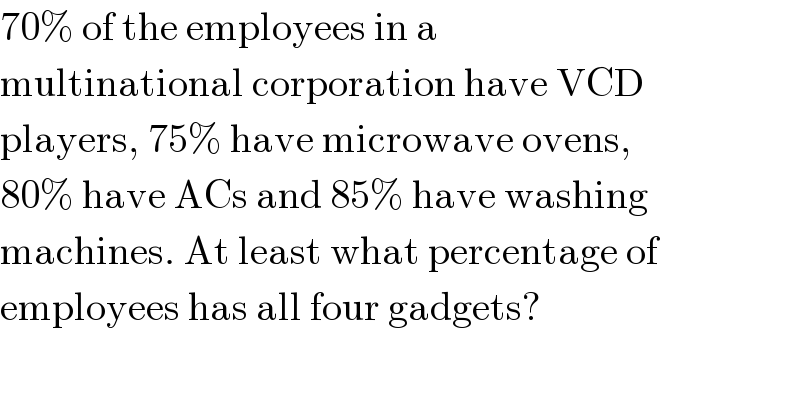
Question and Answers Forum
Question Number 114236 by Aina Samuel Temidayo last updated on 18/Sep/20

Answered by Dat_Das last updated on 18/Sep/20

Answered by 1549442205PVT last updated on 18/Sep/20

Commented by Aina Samuel Temidayo last updated on 19/Sep/20

